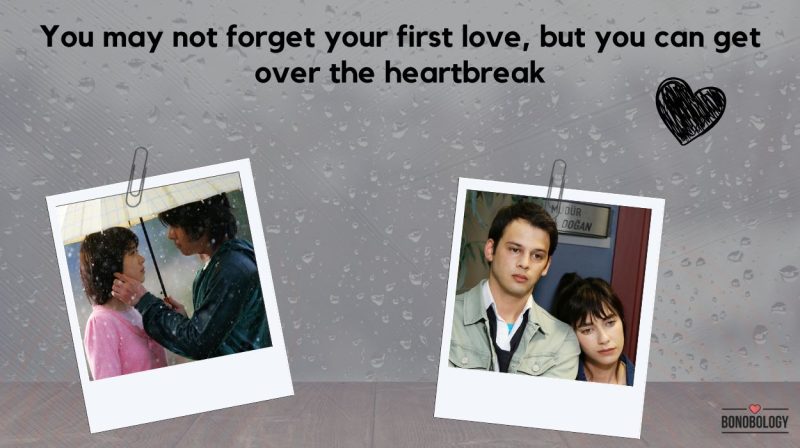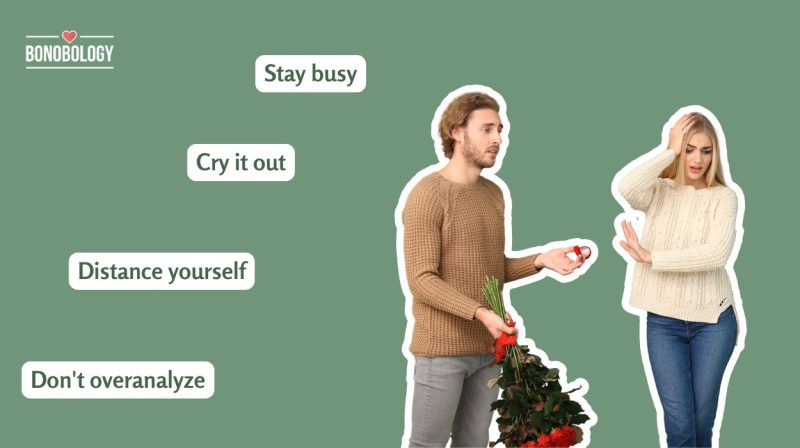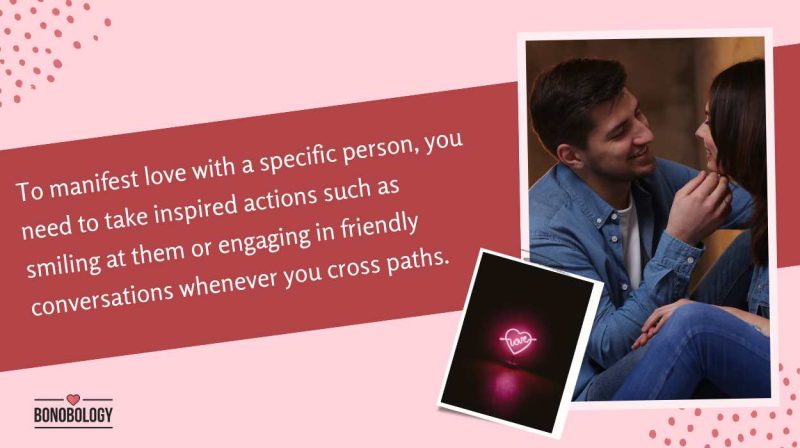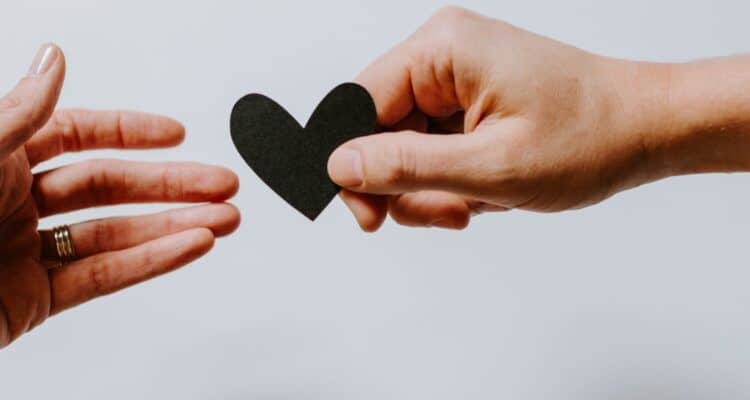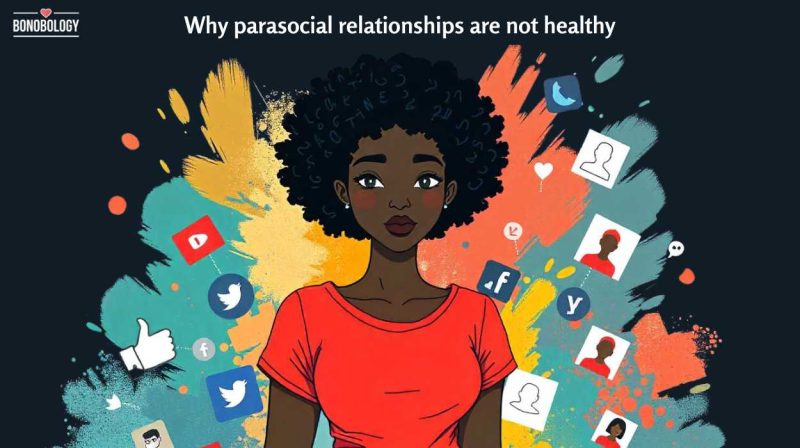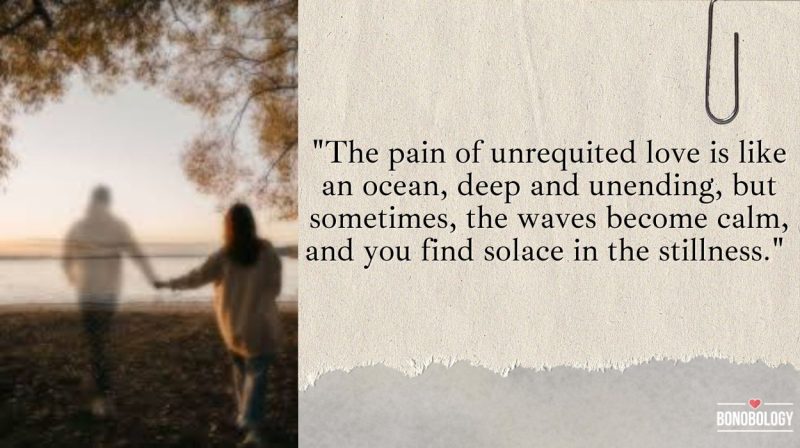When one partner is driven by a need for connection and the other a need for distance, a push pull relationship takes hold. While this explanation may sound simple and straightforward, being caught in such a relationship rarely is.
That’s because this push pull behavior between two romantic partners is often driven by a host of underlying issues. Ranging from problematic attachment styles to fear of intimacy on one side, and fear of abandonment, low self-esteem, etc. on the other. So, you can see how this hot and cold, close and distant dance can take a toll on the minds of those caught in this toxic relationship dynamic.
To make matters worse, the push pull relationship cycle plays out on a loop. This leaves both partners with no respite from the constant pressure, uncertainty, and conflict. If you feel as if there is an unhealthy amount of pursuing and chasing involved in your dynamics with your partner, pay attention to what a push pull relationship is all about and how you can overcome it.
What Is A Push Pull Relationship?
Table of Contents
A push pull relationship begins like any other. Two people meet, they feel attracted to each other, and a relationship ensues. In fact, the honeymoon period of such relationships is typically marked by an intense passion. However, as the relationship begins to settle into a rhythm, a yearning for distance on part of one partner triggers fear of loss and panic in the other. The push pull relationship cycle begins.
In such a relationship, one partner displays classic traits of a commitment-phobe and actively avoids intimacy, which the other partner craves. The partner who is trying to avoid intimacy may become withdrawn and cool off the enthusiasm and passion they displayed early on in the relationship. They may start devoting more time to individual interests and hobbies or make excuses to not spend time with their SO. This causes the other partner to feel upset, confused, and insecure about being abandoned.
Related Reading: Are You A Toxic Couple? Take This Test To Find Out
The panic created by these feelings, then, drives them to go above and beyond to pull their drifting partner closer. They may try to entice them by paying more attention to their looks, complying with their every ask, or nagging them for their indifference. The response of the puller builds up pressure on the pusher, prompting them to become even more withdrawn.
The push pull behavior isn’t essentially a one-way street. Both partners may switch between the roles of a pusher and puller in the relationship, making the dynamics far more complicated.
What Are The Signs You Are In A Push Pull Relationship?
As is the case with human relationships, push pull dynamics are riddled with myriad facets and complexities. The specifics of such a romantic partnership notwithstanding, it can be said with certainty that it’s a toxic relationship to be in. You can imagine that this kind of toxicity flourishes in a push pull relationship with a narcissist. A narcissist will use your love as their attention-seeking fuel, and when they have had enough, they will dump you and leave. But not completely. They’ll make sure they leave a little string of affection with you to draw you back in with it, whenever they’re in the mood for more love and adoration.
The puller gives a narcissist every kind of praise they need – sexual, emotional and intellectual – in order to keep the relationship afloat. The pusher, in this case, thrives on every little bit of it without ever valuing the person who’s doing all the work. If one of these push and pull relationship examples resonate with you, and you realize that you’re in a push pull relationship with a narcissist, please step away from your partner for a while.
Think about how much you deserve, how little you’re receiving, and how you’re being treated constantly. Don’t think about how to fix a push and pull relationship in this scenario. What you need is a clean break from this person. Don’t expect amends and an apology from them (remember, they are a narcissist). This is one of the worst push and pull relationship examples, and we hope you heal from these scars soon.
Of course, this dynamic can occur when neither partner is a narcissist too. To be able to free yourself from the throes of such a panic-ridden relationship, you need to understand the push and pull couple meaning. If you’re looking for tell-tale signs of a push pull relationship, know that it is marked by 7 distinct stages:
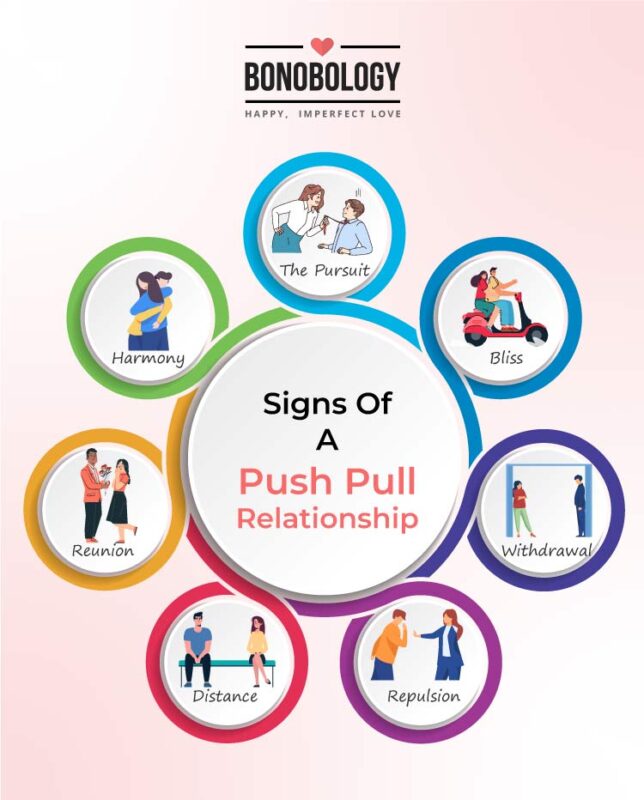
Stage 1: The Pursuit
In this stage, a person – typically someone who grapples with low self-esteem and fear of commitment – finds themselves attracted to someone. They decide to pursue the other person. They may put on a show to hide their latent insecurities and try to portray themselves as charming, generous, kind, and sensitive.
The person being pursued may play hard to get – a behavior that stems from their fear of loneliness and abandonment. While this person fears being vulnerable, the attention they’re receiving makes them feel good about themselves and works well for their low self-esteem. After a spell of playing hot and cold, they yield.
Stage 2: Bliss
The relationship starts on a high note, marked by an intense passion and pull between both partners. Both partners enjoy the excitement and want to spend every waking moment together. Physical intimacy is hot and fiery too. However, there is one aspect lacking in this otherwise seemingly perfect relationship – emotional intimacy.
That’s because both partners steer clear of cultivating healthy communication in the relationship. This is one of the tell-tale signs that a push pull relationship dynamic is taking hold. “I couldn’t get enough of him, he’s all I thought about. It was perfect in every little way and I thought it’s ‘supposed’ to be this mindlessly intense, you know? That the intensity is what makes it right somehow. I was wrong. It all came falling apart sooner than I thought,” shares Fern.
Related Reading: Here’s How To Stop Constant Arguing In A Relationship
Stage 3: Withdrawal
At this stage, one partner starts to feel overwhelmed by the intensity of the relationship. Particularly, if they feel that the intimacy between them is starting to run deep. This person would want to break free or at the very least, do everything in their power to dial back on the intensity. As a result, they may become withdrawn, distant, as well as physically and emotionally unavailable.
Stage 4: Repulsion
Another clear sign of a push pull relationship is that once the withdrawal begins, the other partner takes on the role of the pursuer, driven by a latent fear of abandonment. They will go the extra mile to get their partner’s attention and affection. However, this has the opposite effect on the partner who is engaging in withdrawal. This person – the pusher – then enters stage 4 of the push pull relationship, where they feel repulsed by their partner.
Stage 5: Distance
The puller or the pursuer decides to take a step back at this stage. That’s why spells of physical and emotional distance are an unmistakable sign of push pull relationships. The decision to distance oneself from their partner in a push pull relationship stems from the fear of abandonment.
This person already fears being left behind or alone, so they take a step back to protect themselves and survive heartbreak if the relationship comes to an end. However, the same fear of abandonment doesn’t let them be the one to call it quits. “I’m not proud of it. I ran from the relationship, I couldn’t take the pressure anymore. It felt like we were breathing down each other’s necks all the time. There was no space left for me – the very thing I loved the most began to scare me,” shares Colin.
Stage 6: Reunion
Now, that the pusher in the relationship has got the space they needed, they start viewing their relationship positively again. They start craving their partner’s presence and start pursuing them all over again. From profuse apologies to showering them with gifts, they’d stop at nothing to win them over. The erstwhile puller lets the pusher back in, albeit reluctantly, because they desire feeling wanted and loved.
Related Reading: Relationship Counseling – Everything You Need To Know
Stage 7: Harmony
The relationship goes through yet another blissful spell of peace, happiness, and harmony. The pusher is content that the relationship didn’t become too intimate or serious. The puller is pleased by the fact the relationship didn’t end. As soon as things start becoming intense again, the pusher will go into withdrawal. This sets the push pull relationship cycle in motion again.
If you look closely, stages 6 and 7 are identical to stages 1 and 2, except for the fact that here a person isn’t pursuing a potential love interest for the first time, but trying to win the affection of someone they’re already in a relationship with. Since these stages operate in an incessant loop, like a hamster running on a wheel, people become addicted to push pull relationships before they can even identify their toxicity.
How To Overcome The Push Pull Relationship Dynamic?
Stress, anxiety, clingy behavior, and low self-esteem are just some of the fallouts of a push pull relationship. Surely, these things aren’t good for you. So what can be done to remedy the situation? How to fix a push and pull relationship? Is a push pull relationship breakup the only way to protect yourself from the potential damage of such dynamics?
More importantly, can you really be sure that a breakup is for good when you keep doing the on-again-off-again dance? If not, how do you save yourself from getting addicted to push pull relationships? And do so without ending things with your partner? Push pull relationship psychology is such that it makes it hard for you to recognize the signs of being in such a relationship until things have worsened to a considerable degree.
Until your friends are tired of hearing you cry over the same person again and again. Until you exhaust yourself with apologies or waiting for the other person to come back. Until you tire yourself out by constantly being overwhelmed by the intensity of the relationship, a quality that you both love and hate. But it is possible to break free from this exhausting cycle without necessarily losing a partner you love. Here are 9 actionable tips that can help you overcome the push pull relationship dynamic without having to say goodbye to each other:
Related Reading: 15 Signs You Had Toxic Parents And You Never Knew It
1. Recognize the real problem
When both partners in a relationship have divergent needs and outlooks, it’s easy to fall into the trap of viewing your SO as the root cause of all that ails your relationship. For instance, pushers tend to avoid addressing relationship issues, which can make the puller feel like they don’t care. Similarly, pullers tend to overthink, which can make the pusher feel that they’re too overbearing.
It helps to recognize that neither partner is the problem here. The push pull behavior is. By focusing on the real problem of pull relationship psychology, you become better poised to understand that you need to change your relationship dynamics and not your partner per se. This helps promote a ‘we’ versus a common problem mindset instead of ‘you’ versus ‘I’.
2. Inculcate empathy
If you want to free yourself of this toxicity without going through a push pull relationship breakup, empathy is your best friend. Once you’ve recognized that you’re either a pusher or puller in the relationship, take baby steps toward understanding your partner.
What are the underlying issues triggering their behavior patterns? What are their fear and vulnerabilities? Which past experiences have contributed to them developing these tendencies? Given that you’re dealing with your share of issues, empathizing with your partner shouldn’t be hard. Once you do, you must help each other overcome these insecurities, fears, and insecure attachment styles.
3. Acknowledge the cost of push pull dynamics
You may be addicted to push pull relationships but you know that this hot and cold dance is costing you dearly. In terms of your mental health, that is. Stress, relationship anxiety, alienation, confusion, frustration, fear, and anger become constants in your life when you’re caught in such unhealthy relationship dynamics.
Acknowledging these costs can help you see clearly that you need to make a change for the better. Unless you’re in a push pull relationship with a narcissist, there is always hope to correct the course. With some effort and perseverance from both partners, you can make progress.
“A friend pointed out that we need to get our act together. All our friends had had enough, but this one stepped up and told us that we’re a typical push pull relationship example. We couldn’t have acknowledged it without her honesty, we would have probably stayed in denial and continued to trigger each other for a long time,” shares Harry.
4. Respect your differences
The opposing attachment styles and relationship needs are at the core of a push pull relationship. For instance, a puller may want to discuss the relationship at length from time to time to reassure themselves that all is well and that their partner isn’t going to abandon them. These repeated conversations can leave the pusher feeling overwhelmed, often causing them to go into withdrawal.
To put an end to the push pull relationship cycle, learn to respect your differences. Make peace with the fact that you both are just wired differently and try to accommodate each other’s way of handling relationships as much as possible. “We thought we knew each other so well, we were wrong. It was only when we started talking about each other’s triggers and journey of attachment styles, that we got to dig deeper and deeper, and empathized more and more every day,” shares Vanya.
Related Reading: How To Overcome Codependency In Relationships
5. Distance isn’t a bad thing
For a pusher, some time off can be like a whiff of fresh air that can invigorate them. It also helps reassure them that they are not pursuing a relationship at the cost of their individuality. For a puller, distance can be nerve-racking. It can instantly make them nervous and anxious about the future of the relationship. However, distance and some personal space in a relationship aren’t bad things.
By slowly accepting that, the puller can end this toxic push pull relationship dynamic single-handedly to a large extent. If the partner who tends to withdraw knows that they can take some time off – be it a day or a weekend – to just be without being criticized or judged for it, they won’t go through the withdrawal-repulsion cycle whenever they need time to self-soothe. In turn, they will return to the relationship with a positive outlook, giving the puller the attention and affection they thrive on.

6. Work on yourself
Both partners in a push pull relationship have more than their fair share of issues. Working on these to become better versions of themselves can make a world of a difference in successfully ending the push pull dance. If both partners struggle with low self-esteem, for instance, work on gaining some self-confidence.
Changing the perception of the self can help in reducing fear and insecurities. By looking within and fixing the triggers behind this problematic push pull behavior, you can salvage your relationship. In case you’re not able to make headway on your own, you can always avail of the benefits of counseling. The guidance of a trained therapist can be a game-changer in overcoming your issues.
Related Reading: How To Build An Interdependent Relationship?
7. Learn to be vulnerable
If the puller in the relationship needs to learn viewing distance positively, the pusher needs to learn how to be vulnerable with their partner. A fear of intimacy stems from an underlying fear of being emotionally vulnerable with another person.
Possibly, you’ve had some distasteful experiences on this front in the past. That may well be the reason why you tend to close up and build walls to protect your most fragile thoughts and desires. Even so, you can turn over a new leaf by starting small and gradually opening up to your partners about your fears, apprehensions, past experiences, thoughts, and emotional state.
To make sure that the pusher succeeds in their attempts to let their guard down, their partner must welcome this openness with support, empathy, and understanding. If the person feels judged, they will withdraw instantly. This will only cause the fear of intimacy to be compounded manifold.
8. Create an equal power dynamic
A lopsided power dynamic is the hallmark of a push pull relationship. The power always rests with the partner who is withdrawing, playing hard to get, or distancing themselves from the other. The chaser – be it the one who pushes or pulls – is always powerless and vulnerable. So, creating a healthy power dynamic can be a good start for countering the push pull relationship cycle.
For this, both partners must make a conscious effort to ensure that they get an equal say in their relationship. From small things like deciding how to spend a day together, to big decisions like how much space and distance to accord each other, or figuring out what qualifies as quality time – every choice should be a shared one.
9. Shun your assumptions
The way we behave in relationships is largely governed by our life experiences and conditioning. This, in turn, tells us how romantic partners ought to behave with each other. For instance, if you saw your parent(s) walk out on children without any warning, discussion, or intimation, it is natural that distance in relationships can make you feel anxious.
When your partner seeks space in a relationship, you may label them as uncaring, cold, or emotionally stunted. But what if what you view as ‘uncaring and cold’ is just who your partner is? What if, according to them, that’s exactly how relationships ought to be? Shunning your narrative and assumptions is essential for accommodating the other person’s point of view, especially if it is markedly opposed to your own.
Being in a push pull relationship can take a toll on your mental well-being and worsen the very issues that trigger these tendencies. Recognizing the red flags and taking corrective measures is the only way two people prone to push pull behavior can stay together without losing their sanity. If you see yourself as being in such a relationship but are unable to make progress in the right direction, know that expert help is only a click away.
Your contribution does not constitute a charitable donation. It will allow Bonobology to continue bringing you new and up-to-date information in our pursuit of helping anyone in the world to learn how to do anything.



